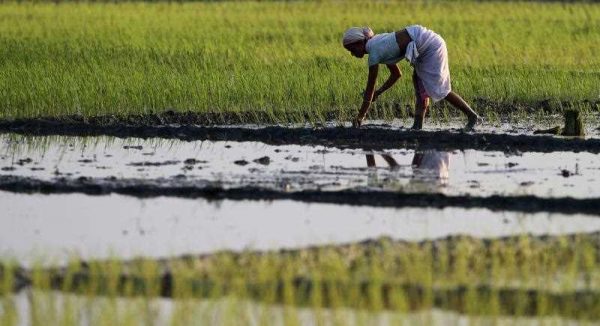Not only is this raising consumer anger against the government but it also lowers the prospects of an interest rate cut by the Reserve Bank of India that could reignite growth and investment in an environment in which credit uptake remains very poor. And finally, rising inflation always provides the political opposition with a stick to beat the government with, thereby putting it on the defensive.
Retail food inflation continues to persist at near double digits — 9.36 per cent in July. In the case of food inflation, it is the same old story with the prices of proteins (eggs, fish, meat), milk, fruits and vegetables leading the inflationary charge. The principal culprits have once again been fruits and vegetables: inflation in the prices of these commodities in July 2014 came in at 22.5 per cent and 16.8 per cent respectively. This can only worsen as monsoons continue to disrupt supplies and demand becomes stronger with the onset of the Hindu festival season.
Clearly, measures taken by the new government have failed to make any significant dent in inflation. These measures have largely taken the form of ‘administrative’ steps of raids against people hoarding food and the issuing of non-bailable warrants against them. It is surprising that the government continues to expect this ‘district magistrate’ type of approach to yield results in economic management. It should surely realise by now that it does not. Apparently even the removal of fruits and vegetables from the lists of the Agricultural Produce Market Committee in Delhi has not had a dampening effect on prices. Farmers have clearly been unable to find other channels for selling their products.
One way forward could be for the government to incentivise the National Dairy Development Board to scale up their successful Safal venture and enter wholesale markets more aggressively.
The medium-term solution for controlling food inflation can only be raising production of commodities that are in short supply and improving yields and productivity. Unfortunately, it is hard to attract investment into the production of these perishable goods because actual and perceived risks are much higher than in crops enjoying minimum support prices. This necessitates some radical thinking.
The absence of large-scale organised retailers, like supermarkets, has resulted in meagre investment in logistics and backend infrastructure between farm gates and markets. Consequently, wastage remains high. It is indeed surprising that the Ministry of Food and Agriculture has not uttered even a word on the persistently high and worsening food inflation or about any measures to raise production or productivity. Cracking down on hoarding can only bring very temporary respite, if any, and is not a solution. It is critical that the government considers some other measures to boost supply, which would help to rein in food inflation and reverse inflationary expectations.
Two such measures can be considered right away. First, the government should liberalise agriculture imports and lower import duties on fruits and vegetables to a flat 10 per cent. At present fruits attract a wide range of import tariffs ranging from 25 per cent for grapefruits to 50 per cent for apples, 70 per cent for coconut flesh and 105 per cent for dried grapes. The majority of fruit varieties, as also nearly all the vegetables, however, attract an import tariff of 30 per cent. The rationale, if any, for differentiated import duties on fruits is not clear.
Vested interests will raise the bogey of such import duty reduction hurting our poor farmers. This is dishonest and disingenuous. The reduction in import prices will principally affect trade and intermediary margins, because farm gate prices are in any case strictly cost plus due to farmers’ inability to hold on to their output. India’s balance of payments will also not be much affected. In 2013-14, India imported less than US$1 billion of fruits and vegetables.
The second immediate step should be to minimise non-tariff barriers that hold up imports of food into India. Food imports are subject to long procedural delays, arbitrary and frequent changes in regulations and unpredictable payments. Testing laboratories, located far from the borders, take weeks to give their reports and often only once they receive a bribe. It is high time that India removed these non-tariff barriers and opened its markets for fruit and vegetable imports from neighbouring countries.
This will have the twin benefits of winning friends in our neighbourhood and also augmenting food supplies to rein in inflation. Most importantly, it will demonstrate to the traders, hoarders and speculators the government’s determination to fight food inflation, which ultimately hurts the poor most of all. It is time that The government must think a bit less administratively and a bit more imaginatively to defeat inflation.
Rajiv Kumar is a Senior Fellow at the Centre for Policy Research. He is also the former Director of ICRIER. .
A version of this article first appeared here in Mail Today.

